




In the competitive personal care market, product reliability is non-negotiable. Yet one recurring issue threatens the performance and user experience of electric toothbrushes: motor vibration failure. When not properly controlled, unstable vibrations can lead directly to brush head detachment—a defect that frustrates users, inflates warranty claims, and risks damaging brand credibility. So, what’s really behind this issue, and how can manufacturers address it proactively?
The core of every electric toothbrush lies in its motor. If the motor generates inconsistent or excessive vibration, it creates strain at the connection point between the body and brush head. Over time, this leads to micro-loosening, wear of locking mechanisms, and ultimately brush head detachment during use.
Such detachment not only disrupts brushing but also poses a potential safety risk. Therefore, ensuring motor vibration stability is not just about performance—it’s about trust and user confidence.
Motor vibration failure can stem from several internal and external factors:
These issues often go unnoticed in early-stage testing but surface quickly once products reach users.
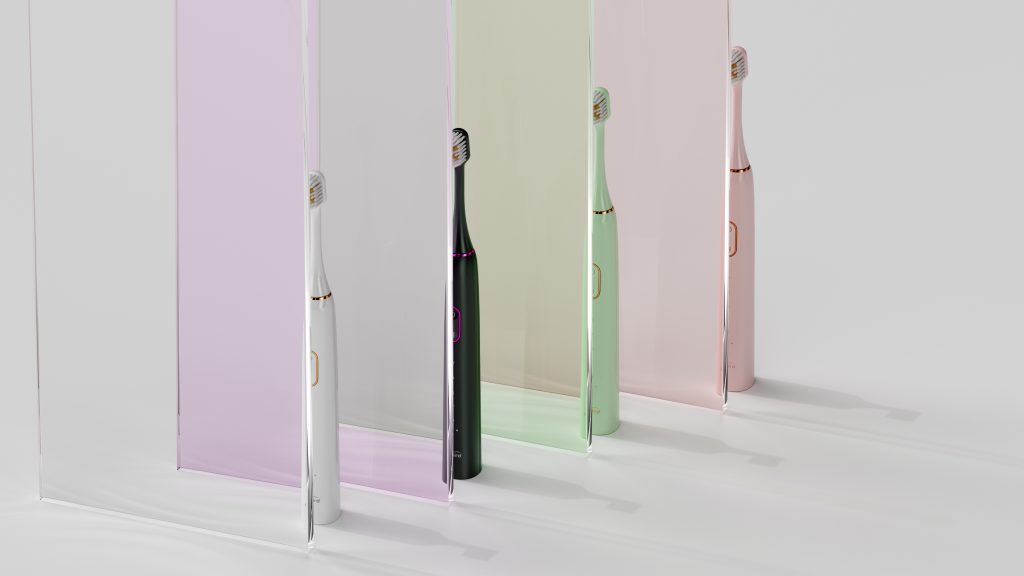
Manufacturers must identify early indicators that could point to potential motor vibration failure, such as:
Recognizing these signals early through rigorous testing can help avoid costly post-launch fixes.
Addressing motor vibration failure at the design stage is crucial. Several practical engineering strategies include:
Combining mechanical optimization with electronic control provides a more stable brushing experience—and reduces the risk of brush head detachment dramatically.
Even with stable motors, if the brush head interface materials are substandard, detachment can still occur. Key material considerations include:
These materials, coupled with precision tooling, ensure durability even under intense vibration.
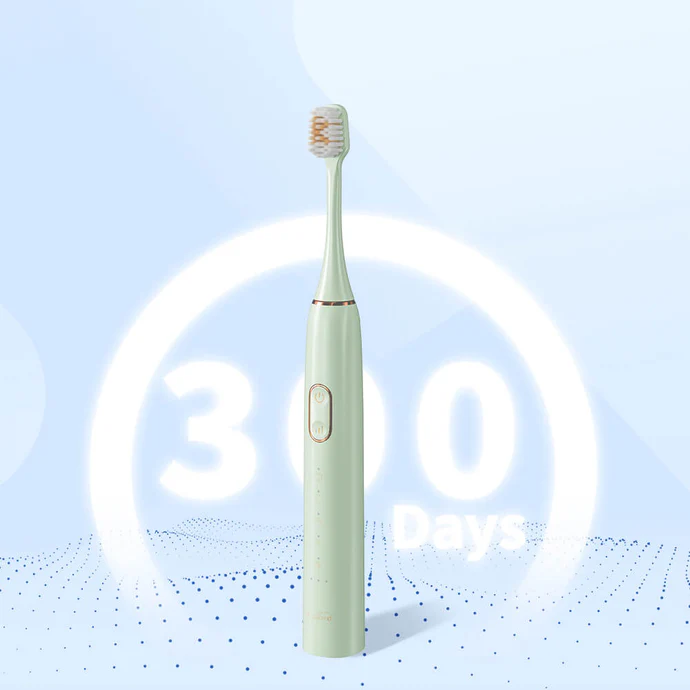
Forward-looking manufacturers are leveraging accelerated lifecycle testing, finite element vibration simulation, and real-time usage data to identify and prevent motor vibration failure before products reach the market. These methods simulate months or years of wear in a matter of hours, revealing weak links that might otherwise be missed.
In addition, integrating smart diagnostics into the product’s firmware can provide early alerts to end-users—or even trigger automated service notifications—before a brush head detachment ever occurs.
The connection between motor vibration failure and brush head detachment is often underestimated but has significant implications for quality, brand perception, and safety. By understanding the root causes, investing in vibration control technologies, and engineering for durability, manufacturers can safeguard both performance and reputation.
In a market where consumers expect seamless performance, it’s not enough to build a brush that just works—it must work flawlessly over time. Ready to upgrade your product’s vibration resilience? Let’s talk about next-gen motor control and secure brush head architecture.https://www.powsmart.com/product/electric-toothbrush/
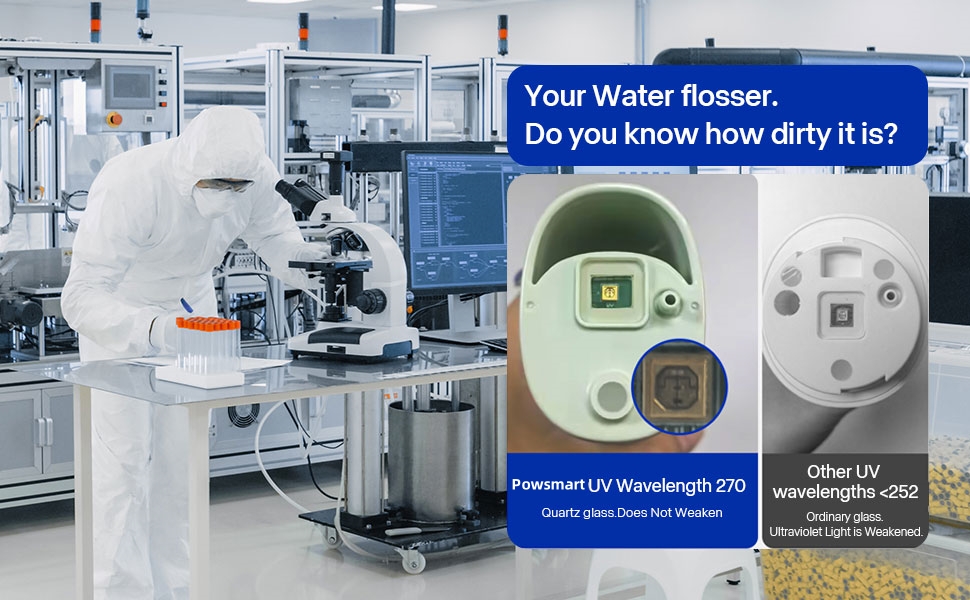
Eco-Friendly Electric Toothbrush OEM Solutions for Global Oral Care Brands

Low MOQ Electric Toothbrush Manufacturer for Startup and Growing Brands

Smart Brushing Timer Toothbrush Supplier for Global Brands

Multi-Mode Electric Toothbrush Manufacturer for OEM Oral Care Projects

Adult Sonic Toothbrush Wholesale Supplier for Global Distributors

Kids Electric Toothbrush Private Label Manufacturer for Global Brands
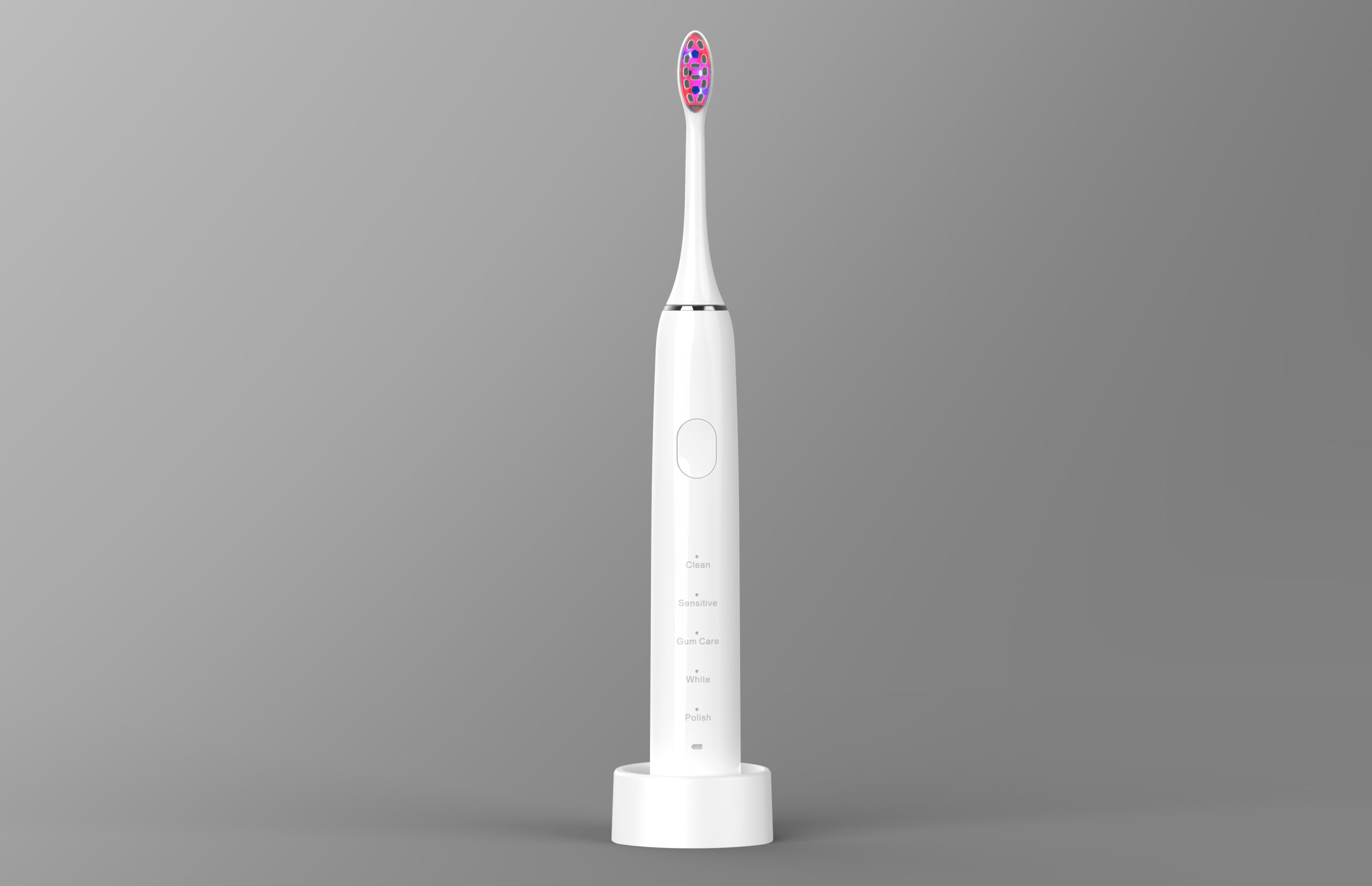
Interested in Whitening Pen OEM or Wearable Whitening Strip Development?
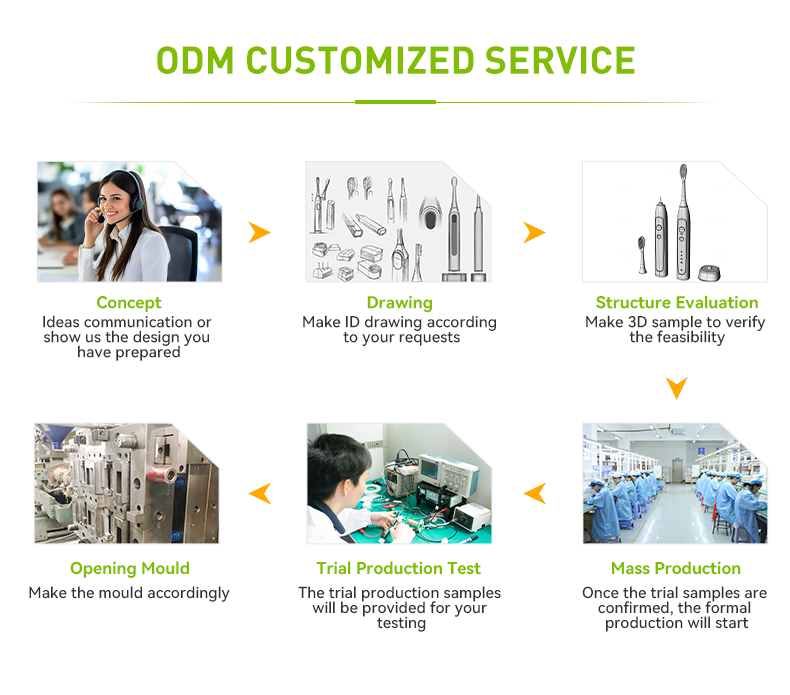
Does Your Contract Manufacturing Agreement Provide Quality Certification Support?
-1-scaled.png)
Customizable Teeth Whitening LED Light
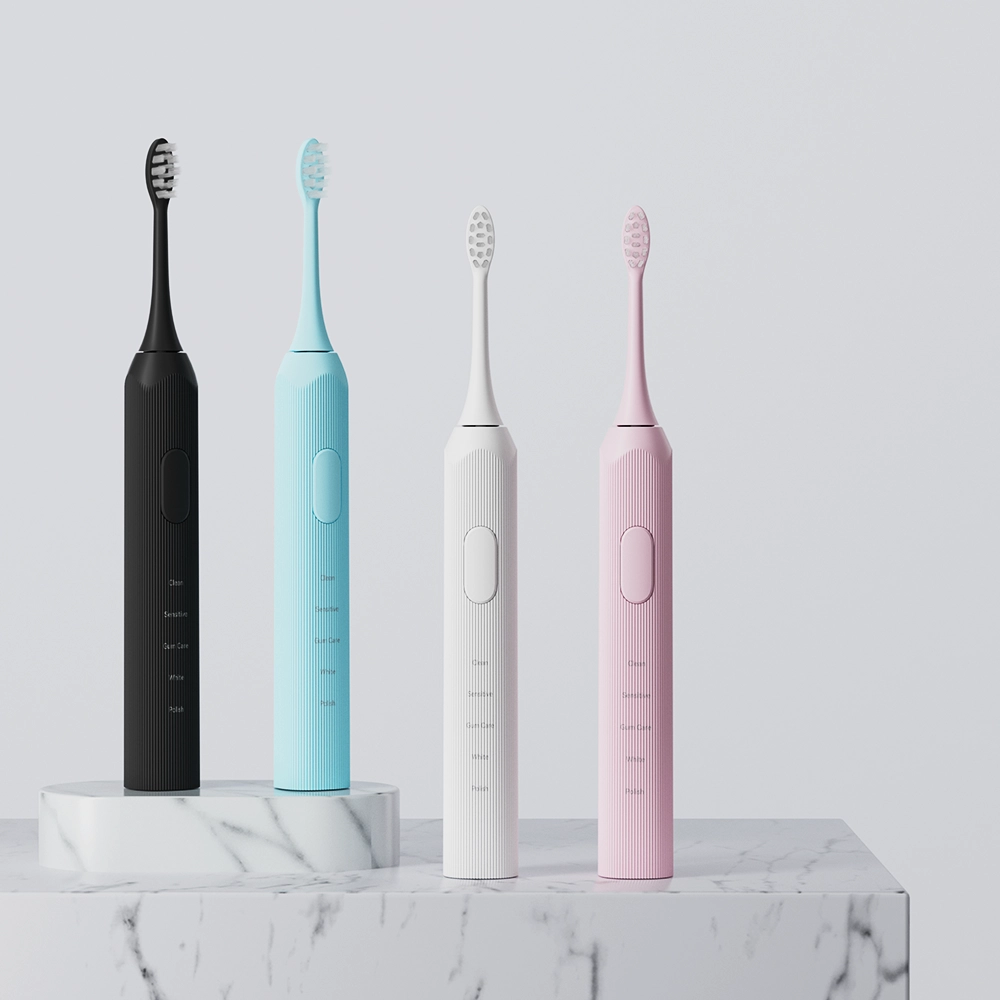
Powered Sonic Electric Toothbrush Anti-slip

Wave Vibrating Sonic Toothbrush Available for OEM ODM
.jpg)
Accept OEM Electric Toothbrush Bulk Supplier
.jpg)
Florida Electric Toothbrush – Powsmart PTR-C8
.jpg)
Electric Toothbrush OEM Custom Logo
-3-scaled.png)
Household Teeth Whitening Device Custom LOGO

Custom Logo Private Label Sonic Toothbrush

LED Sonic Electric Toothbrush Available for Customization
-2-scaled.png)
Private Label Teeth Whitening Accelerating Light
.jpg)
Children Powered Toothbrush Customizable
.jpg)
Sonic Toothbrush Smart Timer Private Label
.jpg)
Travel Size UVC Oral Irrigator OEM Available
Specification Model Name: PTR-X3 Material: PC, ABS Battery type: 1100 mAh lithium battery Rated voltage: DC 3.7V Fully Charged: ≤6H Product Size:221x64x45mm Waterproof: IPX8 Frequency: 1800.jpg)
Oral Irrigator UVC Portable OEM Available
Specification Model Name: PTR-X3 Material: PC, ABS Battery type: 1100 mAh lithium battery Rated voltage: DC 3.7V Fully Charged: ≤6H Product Size:221x64x45mm Waterproof: IPX8 Frequency: 18001-scaled.jpg)
Red & Blue Light Teeth Whitening Device Custom LOGO

electric toothbrush heads Regular Clean
Regular Clean Brush Head 6mil (0.152mm)Dupont Tynex Classic Bristles. Conveys sonic vibration effectively 80% End-rounded rate, Clean while doesn’t damage enamel Color Reminder: Pedex Reminder.jpg)
Customizable Water Flosser Big Tank UVC Sterilization
Specification Model Name: PTR-X6 Material: PC, ABS Battery type: 2000 mAh lithium battery Rated voltage: DC 3.7V Fully Charged: ≤6H Product Size:76.5x71.5x290mm Waterproof: IPX7 Frequency: 1.jpg)
Customized Powered Smart Toothbrush Three Modes
.jpg)
Customizable Kids Electric Toothbrush
-1.jpg)
OEM Available Electric toothbrush For Kids
Customer satisfaction
We prioritize customers' satisfaction by providing exceptional service and support.
sincerity
We are committed to upholding the highest ethical standards in all aspects of our business.

.jpg)
A sonic toothbrush is an advanced type of electric toothbrush that uses high-frequency vibrations to clean teeth.
.jpg)
A smart toothbrush is an electric toothbrush that connects to a smartphone app via Bluetooth.
.jpg)
Electric toothbrushes remove plaque more effectively than manual brushes, promoting better oral health.
Your professional source for private label electric toothbrushes
Your Vision, Engineered by Our Professional R&D. From concept to cutting-edge electric toothbrush.
Perfect Your Electric Toothbrush with Our Precision Sample Development. Let's align vision and reality, sample by sample.
Streamline your supply chain with our high-volume electric toothbrush manufacturing.
Wholesale electric toothbrushes of all types—for every market, every customer.
Our fast worldwide delivery gets your electric toothbrushes to shelves faster.
Our electric toothbrushes are manufactured under advanced ISO9001 & medical-grade ISO13485 standards.
Your most cost-effective electric toothbrush source—quality assured.
If a product is hot, there is a good chance Relish already has it in stock, just waiting for your label.
Get a Sample
We arexporting our products globally from which the most well-known partners are Walmart, BestBuy, Honeywell, Target, Haier and Xiaomi.

Relish is ISO9001, ISO13485, BSCI certified, and FDA registered, with lots of certifications such as CE, CB, ROHS, CETL, FCC, PSE, SGS, ERP, LFGB, and Reach etc.